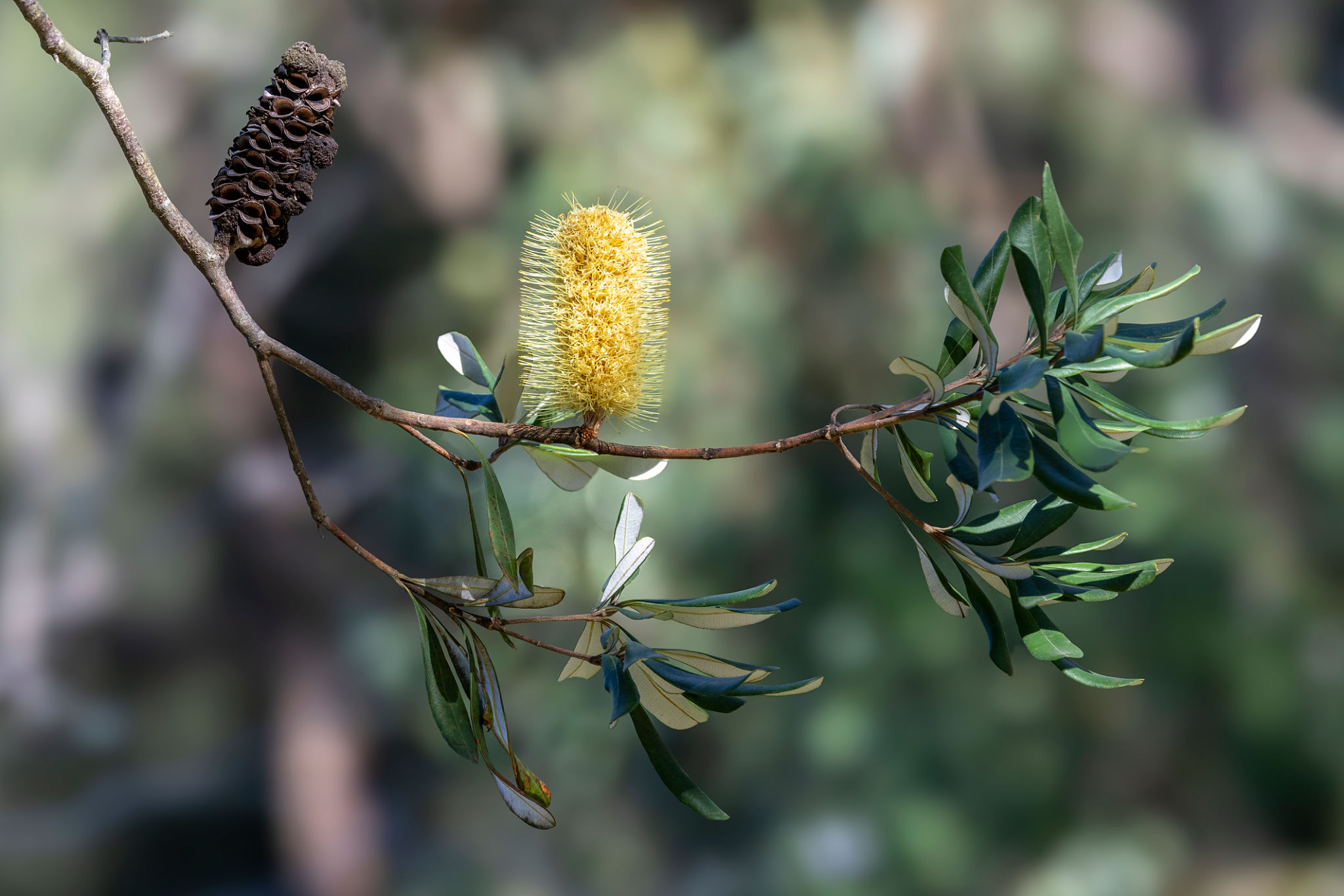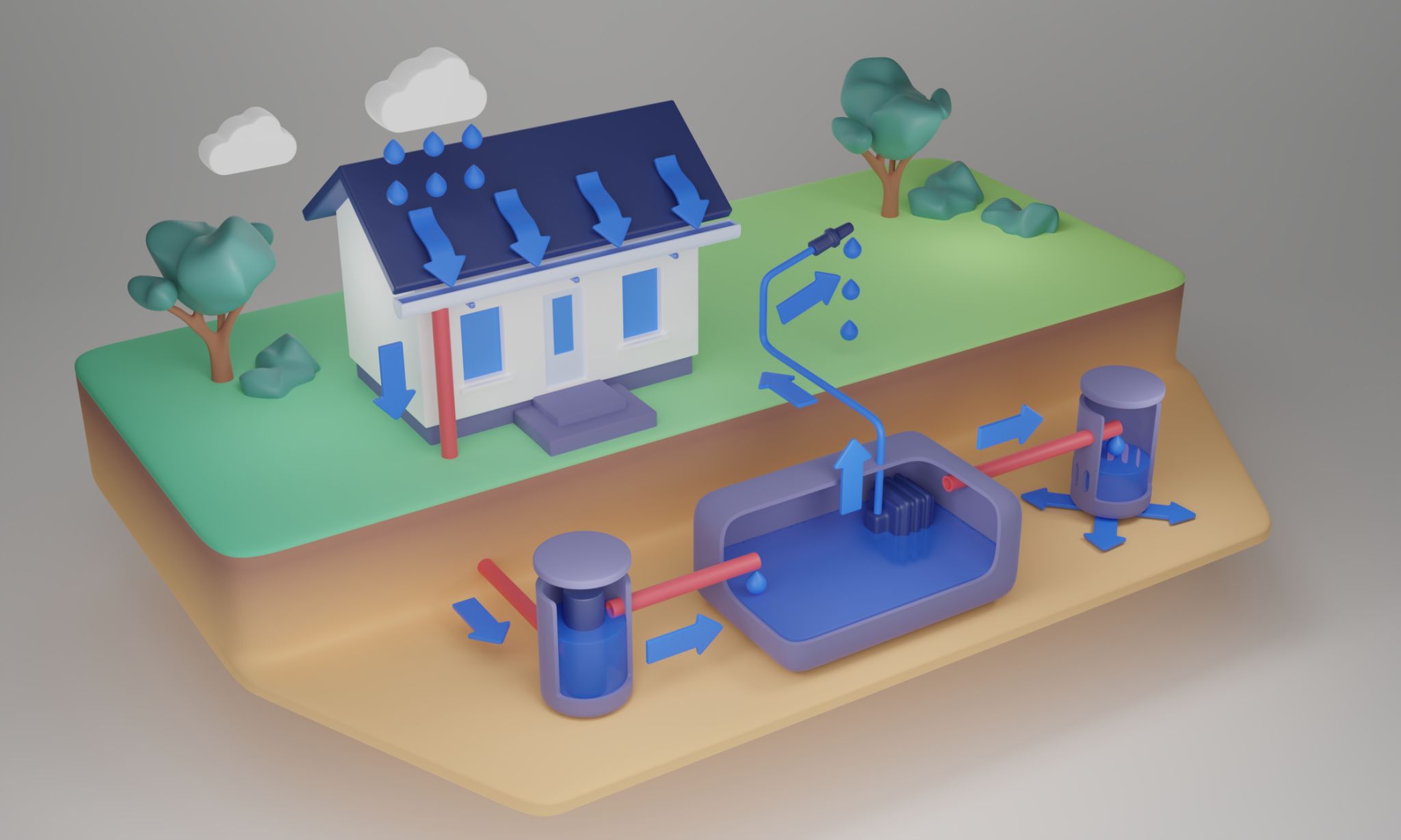Sustainable Garden Design Trends in Calgary: Eco-Friendly Landscaping Ideas
Embracing Native Plants
One of the most impactful trends in sustainable garden design is the use of native plants. These species are naturally adapted to Calgary's climate and soil, requiring less water and maintenance. By incorporating native plants, gardeners not only reduce water consumption but also support local wildlife, including pollinators like bees and butterflies.

Popular native plants in Calgary include prairie coneflower, wild bergamot, and buffalo grass. These plants provide a natural beauty to gardens while promoting biodiversity. Homeowners can create a vibrant and eco-friendly landscape by blending these plants with other sustainable features.
Water Conservation Techniques
Water conservation is a crucial aspect of sustainable gardening. Calgary gardeners are increasingly adopting techniques like rainwater harvesting. Installing rain barrels to collect runoff from roofs can significantly reduce water usage for garden irrigation.
In addition to rainwater harvesting, implementing drip irrigation systems can ensure that every drop counts. These systems deliver water directly to plant roots, minimizing evaporation and runoff. By combining these methods, gardeners can create efficient watering schedules that support lush landscapes without wasting resources.

Xeriscaping: A Drought-Resistant Solution
Xeriscaping is gaining popularity as a landscaping method designed for arid regions. This approach focuses on using drought-tolerant plants that thrive with minimal water. Xeriscaped gardens often feature rocks, mulch, and native grasses, creating an aesthetically pleasing yet low-maintenance environment.
Composting for Healthy Soil
Another sustainable trend is incorporating composting into garden care routines. Composting enriches soil with nutrients, reducing the need for chemical fertilizers. By recycling kitchen scraps and yard waste, gardeners can produce rich compost that enhances plant growth and improves soil structure.

Composting not only benefits the garden but also contributes to environmental sustainability by reducing landfill waste. For those new to composting, starting with a simple bin or pile in the backyard can be an effective way to begin this eco-friendly practice.
Creating Wildlife Habitats
Sustainable gardens in Calgary are often designed with wildlife in mind. By creating habitats that attract birds, butterflies, and beneficial insects, gardeners support local ecosystems. Installing birdhouses, bee hotels, and butterfly gardens are excellent ways to invite wildlife into your garden space.
Including a variety of flowering plants ensures a consistent food source for pollinators throughout the growing season. Gardeners should aim to plant a mix of early, mid, and late-season bloomers to provide continuous support for these essential creatures.

Eco-Friendly Hardscaping
Hardscaping plays a significant role in garden design, and choosing eco-friendly materials can greatly enhance sustainability. Opting for permeable pavers allows rainwater to seep into the ground, reducing runoff and erosion. Reclaimed materials like bricks or stones not only look charming but also reduce the demand for new resources.
When planning a sustainable garden, integrating hardscaping with natural elements can create a cohesive and environmentally friendly space. Using sustainable materials ensures that your garden is both beautiful and ecologically responsible.